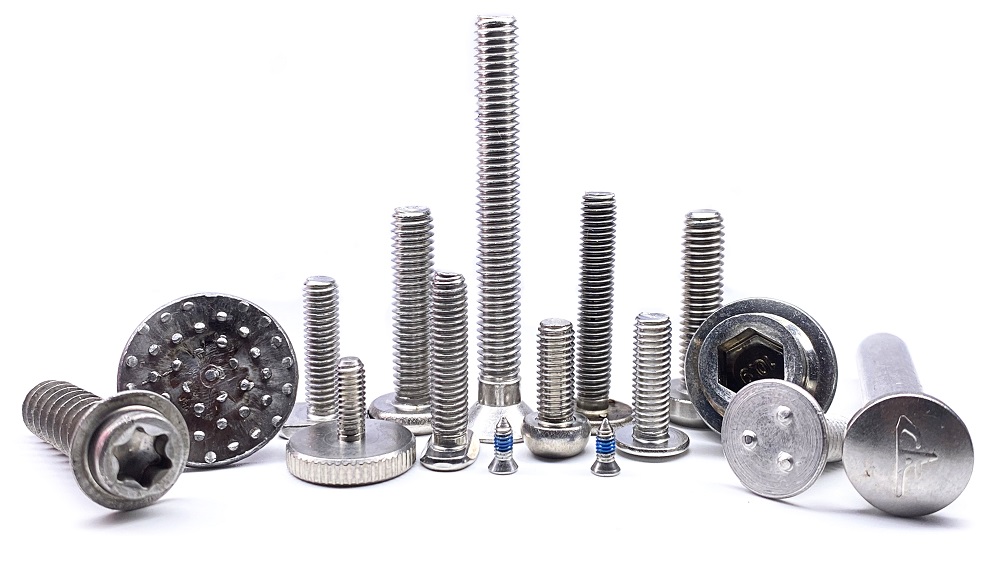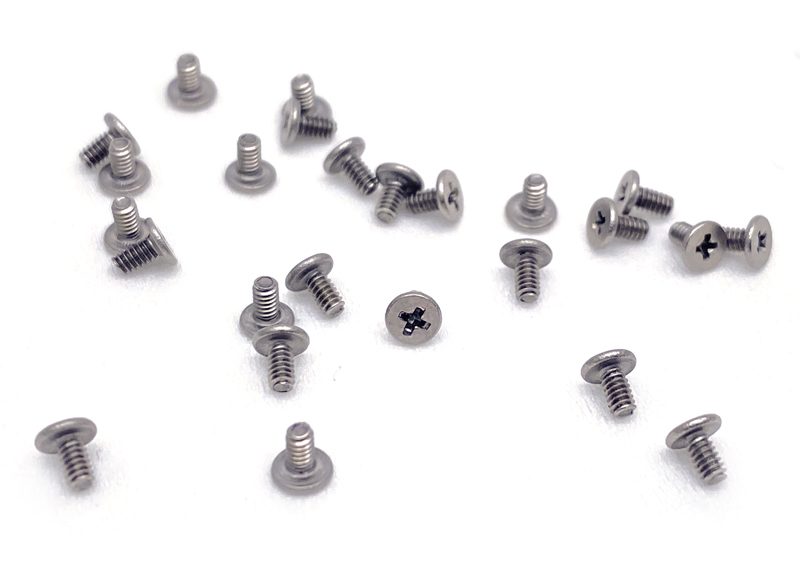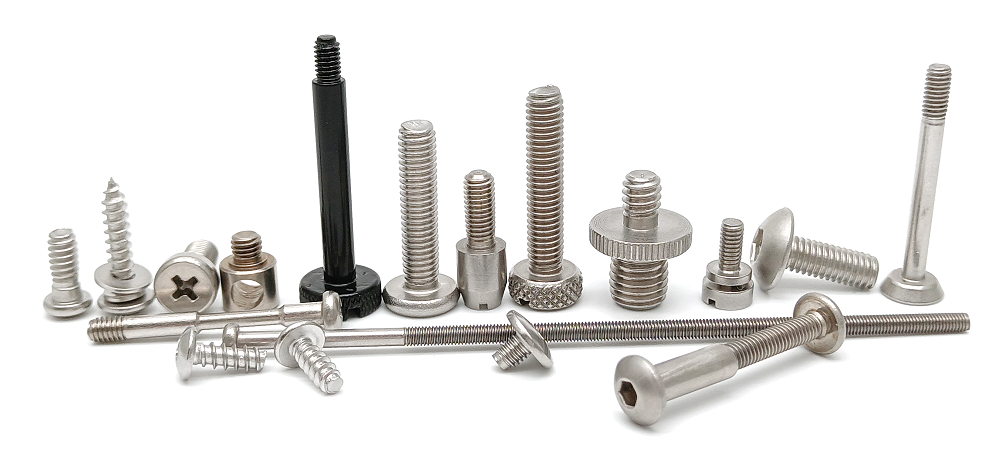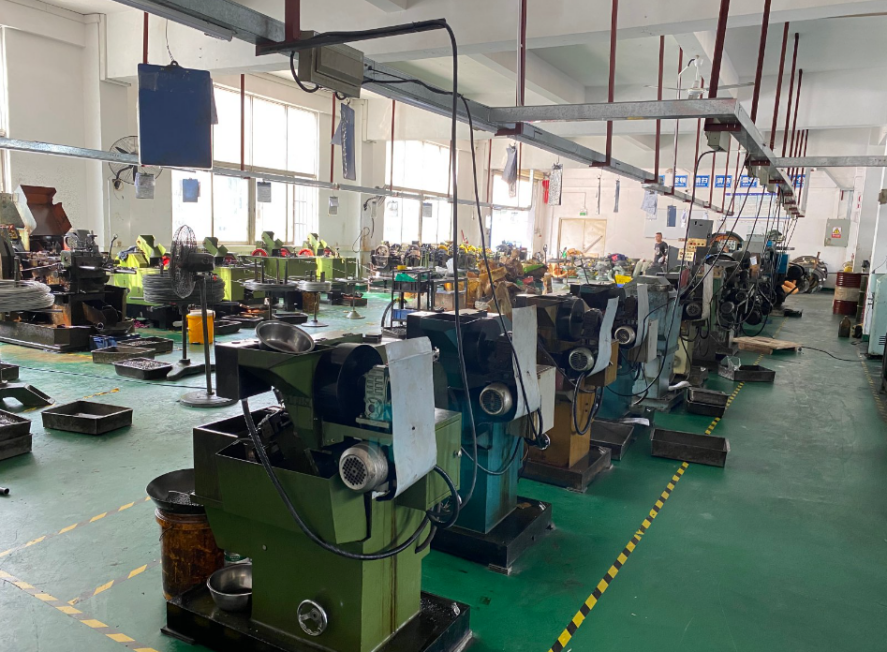
Tel:
+86 13143444311
Email:sst@szsst88.com
Fax:+0086-755-27322278
Address:Building 9, First Industrial Zone, Tantou Industrial City, Songgang Street, Baoan District, Shenzhen 518105, Guangdong, China
When selecting screws for optical equipment, manufacturers often face the choice between 304 stainless steel screws and 316 stainless steel screws. This decision can significantly impact equipment performance, durability, and cost. In this article, we explore a real-world case study of a German optical equipment manufacturer who faced contamination issues with 304 screws and how we helped them solve it. We also compare 304 and 316 screws to help you make an informed choice.

Mr. Zhao, a German optical equipment manufacturer, initially used 304 stainless steel screws throughout his precision optical devices. While 304 screws are cost-effective and corrosion-resistant for general applications, they caused unexpected issues over time. Prolonged use led to nickel and chromium precipitation on the screw surfaces, contaminating the optical coatings. This was particularly problematic in areas directly contacting optical components or exposed to frequent cleaning with solvents like alcohol or isopropyl alcohol, as it affected imaging precision.
304 stainless steel contains 18% chromium and 8% nickel, offering good corrosion resistance for general use. However, it lacks molybdenum, making it less resistant to aggressive solvents and prolonged exposure to harsh environments. Over time, surface corrosion can lead to ion precipitation, which is detrimental in precision applications like optical equipment.
To address Mr. Zhao’s issue, our team recommended transitioning to 316 stainless steel screws for critical components. Here’s why:
Zero Ion Precipitation: 316 stainless steel contains 2-3% molybdenum, which enhances corrosion resistance and prevents nickel and chromium leaching, ensuring no contamination of optical coatings.
Non-Magnetic Properties: 316 screws are fully non-magnetic, avoiding interference with imaging precision in sensitive optical systems.
Solvent Resistance: The molybdenum content makes 316 screws highly resistant to corrosion from alcohol, isopropyl alcohol, and other cleaning agents commonly used in optical manufacturing.
For non-precision components, such as equipment housings, we advised retaining 304 screws to optimize costs, with a recommendation to inspect for corrosion every six months.
By strategically using 316 screws in areas directly contacting optical components or exposed to cleaning agents, Mr. Zhao’s equipment maintained imaging precision and extended service life. The hybrid approach of using 304 screws for non-critical parts kept production costs manageable.

To help you decide which screw is best for your application, here’s a comparison of 304 and 316 stainless steel screws:
|
Feature |
304 Stainless Steel Screws |
316 Stainless Steel Screws |
|---|---|---|
|
Composition |
18% Chromium, 8% Nickel |
16% Chromium, 10% Nickel, 2-3% Molybdenum |
|
Corrosion Resistance |
Good for general use |
Superior, especially against solvents |
|
Magnetic Properties |
Slightly magnetic |
Non-magnetic |
|
Cost |
More cost-effective |
Higher cost due to molybdenum |
|
Best Use Case |
Non-precision components, equipment housings |
Precision components, solvent-exposed parts |
|
Ion Precipitation Risk |
Moderate, may leach nickel/chromium |
None, ideal for optical applications |

Cost-Sensitive Applications: Ideal for non-critical parts like equipment housings where corrosion resistance is less demanding.
General Environments: Suitable for indoor or mildly corrosive environments.
Regular Maintenance: Requires periodic checks (every 6 months) to monitor corrosion.
Precision Components: Essential for parts in direct contact with optical elements to avoid contamination.
Harsh Environments: Perfect for equipment exposed to solvents, chemicals, or saline conditions.
Non-Magnetic Needs: Critical for applications requiring zero magnetic interference.
Selecting the right stainless steel screws depends on your specific application, budget, and performance requirements. Our team specializes in custom screw solutions for optical and precision manufacturing industries. We offer:
Tailored Recommendations: Based on your equipment’s design and operating environment.
High-Quality 304 and 316 Screws: Sourced from trusted suppliers with rigorous quality control.
Cost Optimization: Hybrid solutions combining 304 and 316 screws to balance performance and budget.

Need custom screws for your optical equipment? Contact us today to discuss your requirements and get a tailored solution that ensures precision and durability.
7 月-12-2025
kalyn

 +86 13143444311
+86 13143444311 sst@szsst88.com
sst@szsst88.com